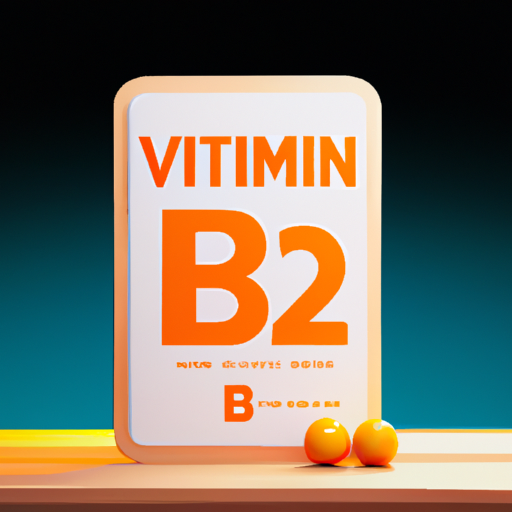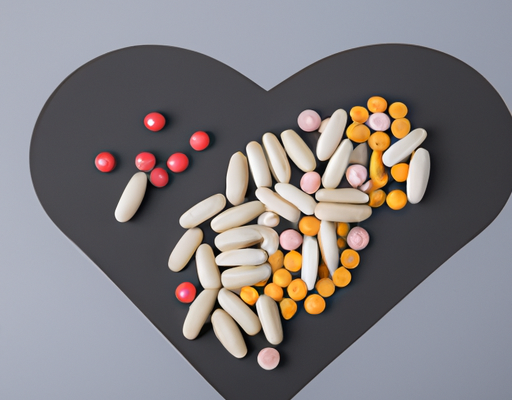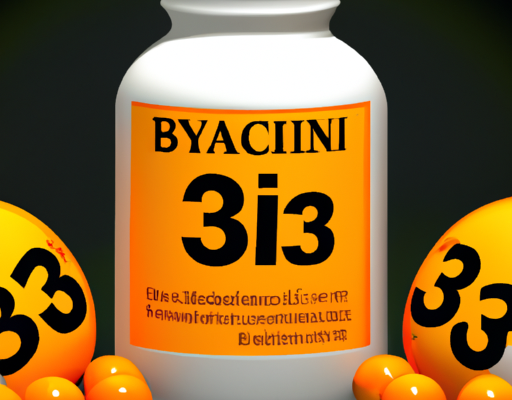Niacin Sources
Niacin is a vital nutrient that plays an important role in metabolism and helps the body convert food into energy. Unfortunately, niacin can be hard to get solely from diet. This is especially true for those who are vegan and vegetarian, as animal sources are the best way to get sufficient niacin. Thankfully, there are a number of choices to ensure you get the necessary dosage of niacin in your diet. Some supplements are available that are made up of niacin, and a variety of fortified foods, such as cereals, breads and pasta, also offer an option for getting enough niacin into your diet. Additionally, certain fish, mushrooms, asparagus and peanuts contain naturally occurring niacin, so be sure to read labels and look for these ingredients in your grocery shopping. It is important to ensure you do not exceed the upper limit for niacin, however, as too much can lead to serious side effects. A health care professional can help assess your individual needs and provide the best advice on how to safely get the right amount of niacin.
Niacin Functions
Niacin, also known as vitamin B3, is an essential nutrient that plays an important role in several bodily functions. It helps the body to create energy, break down fats and proteins, produce hormones, and regulate blood sugar. It also helps maintain healthy skin, eyes, and nerves, as well as reduce inflammation. Niacin is found naturally in some foods, such as beef, tuna, and salmon, and is added to fortified breads and cereals. It can also be taken in supplement form. An upper limit of 35mg a day is recommended for adults, as too much niacin can cause flushing, itching, liver damage, and low blood pressure. Therefore, if you are taking niacin as a supplement, it is advised that you speak to your doctor or healthcare professional before doing so.
Upper Limit Recommendations
Niacin, or vitamin B3, is an important part of a healthy diet, but like all vitamins and minerals, there is an upper limit to how much you should consume. The upper limit for niacin is 35 mg for adults above the age of 19. Elderly adults should take no more than 30 mg of niacin per day. The upper limit for niacin is even lower for young children, depending on their age, as excessive niacin can cause problems such as liver damage or skin flushing. For adults, taking supplements that contain niacin can also put you at risk of passing the upper limit. To avoid potential side effects, it is important to know the upper limit of niacin and to consult with a healthcare professional if you are unsure.
Risk Factors
Taking high doses of niacin for a long period of time poses a number of risk factors. High doses of niacin can lead to significant increases in blood glucose levels, which can be dangerous for diabetic patients. Niacin can also cause side effects such as flushing, nausea, and pain in the stomach. In some cases, niacin can result in liver damage, as it can increase the amount of fat in the liver. As such, niacin should be taken with caution and only after consulting with a doctor. In those who take a lot of medications, niacin may interact with drugs used to treat blood pressure, cholesterol, and various other conditions. In some cases, this could cause high blood pressure, an increase in blood sugar, or other negative side effects. Therefore, it is important that patients understand and weigh the potential risks before taking niacin.
Precautions
When taking Niacin as a medicine, it is important to be aware of the upper limit of this nutrient. Consuming too much Niacin can have serious side effects, and prolonged high consumption can even lead to long-term health problems. Therefore, when taking Niacin as a medicine, it is important to follow the recommended dose as indicated by your doctor or health care provider, and to not exceed the recommended daily upper limit. Additionally, certain medical conditions can be affected by high levels of Niacin, so it is important to inform your doctor of any pre-existing medical conditions prior to taking this vitamin. Finally, it is important to use caution when taking Niacin with any other medications, as doing so can result in drug interactions that can lead to increased side effects. By following these precautions, you can ensure that you are getting the most out of your Niacin intake while minimizing the potential risks.
Conclusion
In conclusion, the upper limits for niacin are a complicated issue. Many factors can influence your need for niacin, including your health, lifestyle, and diet. It is important to consult with a medical professional before taking any supplement, especially if you are already taking other medications or if you have a medical condition. While there is no precise upper limit for niacin, it is important to understand how much is too much and to be mindful of your intake. Taking too much niacin can lead to serious health consequences, so it is critical to be aware of the potential risks associated with high doses.





No Comments